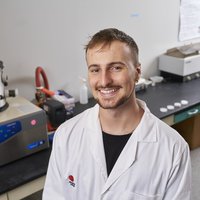Biotechnology & medicine
Yu Li
The first general-purpose RNA foundational model, which has greatly accelerated RNA design iterations.

Global
Mireille Kamariza
She cut the detection time of the bacteria that causes tuberculosis to under an hour.

Asia Pacific
Luoran SHANG
Achieving versatile biomedical applications including bioassays and drug delivery.

China
Fangfang Cao
Enhancing the therapeutic effects of probiotics in treating inflammatory bowel disease and colorectal cancer.

Latin America
Franco Kraiselburd
Making regenerative therapy accessible
